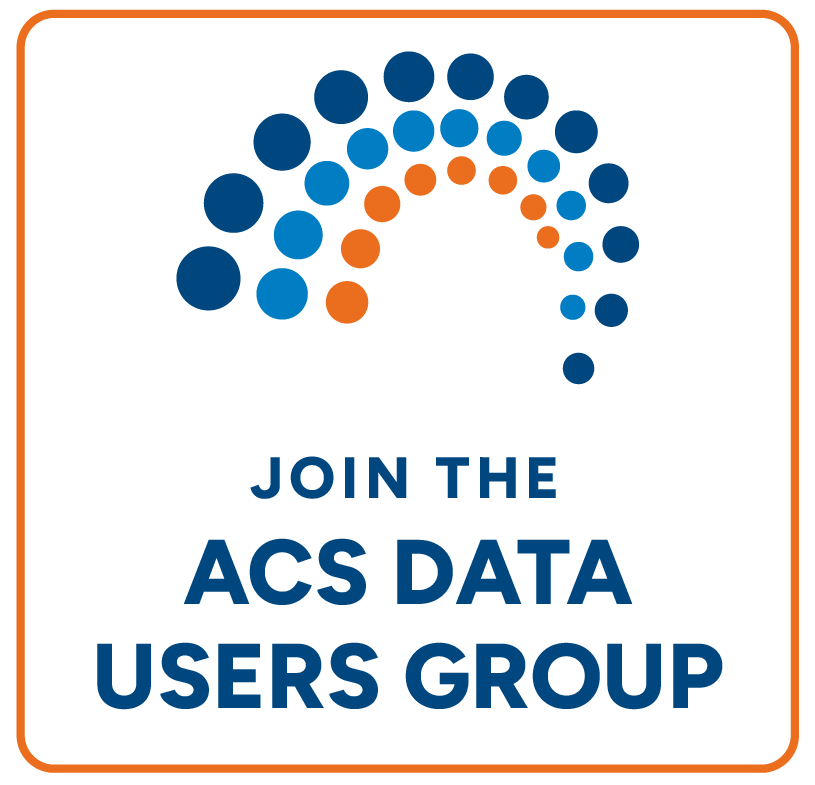
An official website of the United States government
Here’s how you know
Official websites use .gov
A .gov website belongs to an official government organization in the United States.
Secure .gov websites use HTTPS
A lock (
) or https:// means you’ve safely connected to the .gov website. Share sensitive information only on official, secure websites.
-
//
- Census.gov /
- Our Surveys & Programs /
- American Community Survey (ACS) /
- About the ACS /
- ACS Data Stories–Stats in Action! /
- University of Maryland, Baltimore County Uses ACS Data for a COVID-19 Health Literacy Project in Frederick City, Maryland
University of Maryland, Baltimore County Uses ACS Data for a COVID-19 Health Literacy Project in Frederick City, Maryland
University of Maryland, Baltimore County Uses ACS Data for a COVID-19 Health Literacy Project in Frederick City, Maryland
Tanya Kreutzer Sayyed, Health Policy PhD Candidate, University of Maryland, Baltimore County
Data Story
A team that included the Hilltop Institute and several departments at the University of Maryland, Baltimore County (UMBC) evaluated the City of Frederick, Maryland’s Lifting All Voices: Promoting Health Equity and COVID-19 Public Health Objectives (LAV) project.
The LAV project used ACS data to develop a targeted education and outreach plan to improve access to plain language, as well as culturally and linguistically appropriate COVID-19 information. The LAV partners included the Horowitz Center for Health Literacy at the University of Maryland, College Park, the Asian American Center of Frederick, and the City of Frederick's Department of Housing and Human Services.
Frederick, the second largest city in Maryland, was home to over 75,000 residents in 2022. Over 20% of Frederick’s population are foreign-born, and over 30% of residents are non-White. Nearly 15% of Frederick residents speak a language other than English at home, and 8% of them are uninsured, higher than both the county and state’s uninsured rates. Frederick County’s COVID-19 positivity rate reached a high of 27% in April of 2020, yet during this time, the prevalence in four ZIP codes within the city limits was in total 9%, indicating substantial undiagnosed COVID-19 cases in these communities.
Using ACS data on language spoken at home, ancestry, place of birth, health insurance coverage, and income was important for identifying target areas and languages for the LAV project. A targeted education and outreach plan was created for the four identified ZIP codes. The LAV project team produced printed and electronic materials and held townhalls in these communities to discuss COVID-19 information. The LAV project was able to identify community information needs and create or revise materials to address residents’ questions and concerns. Community health workers tested these materials with residents, and the materials were refined for community distribution.
Outcomes
The LAV project printed flyers in at least ten languages, produced testimonial videos in seven languages, produced animated videos in nine project languages, and created social media posts on Facebook and Instagram in English and five other languages: Chinese, Burmese, Korean, Russian, and Spanish. In addition, ten town halls were conducted. Community health workers conducted resident surveys in various languages that residents and community health workers spoke, including English, French, Russian, and Spanish.
Over the course of the LAV project, community health workers made direct contact with 4,666 residents, of which nearly half (47%) were foreign-born residents. It was estimated that over 16,626 residents were probably reached through indirect contact, as they shared health information with household members (the average number of household members reported was five individuals).
Finally, the LAV project provided health literacy training to 37 community health workers and organizational health literacy training to 18 of Frederick’s health care providers.
Locations
City of Frederick, Maryland; ZIP codes 21701, 21702, 21703, and 21704
ACS Topics Used
Race, ethnicity, ancestry, place of birth, language spoken at home, health insurance coverage, income
Share
Related Information
You May Be Interested In
 Yes
Yes
 No
NoComments or suggestions?


Top


